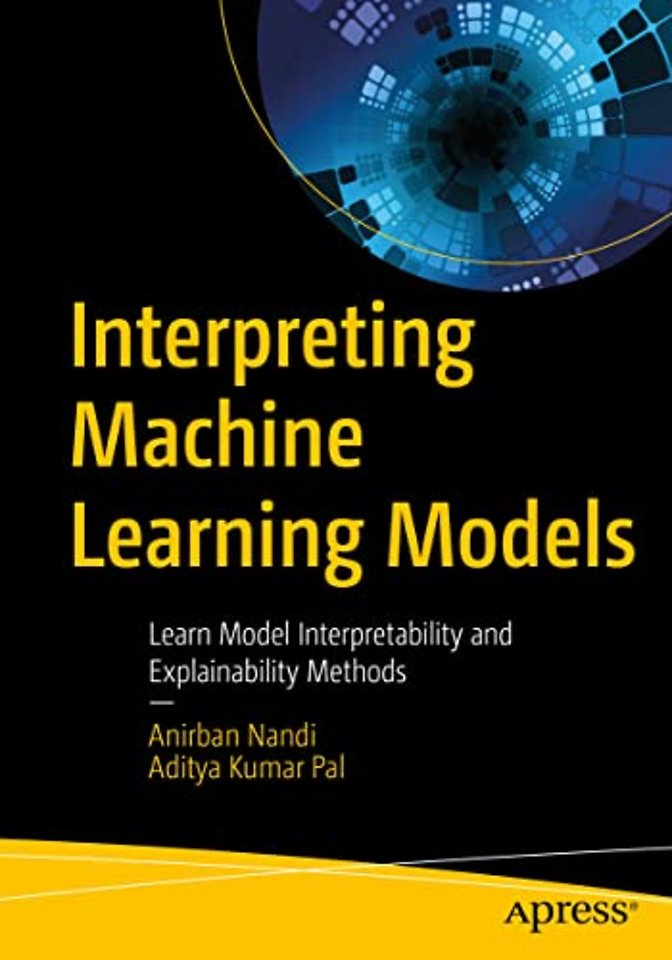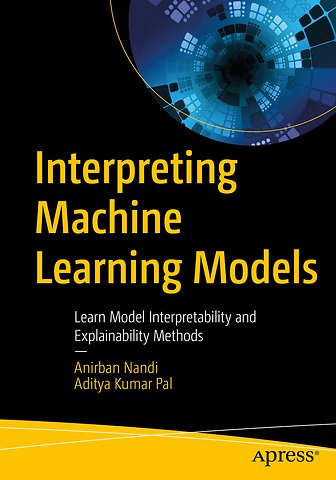Interpreting Machine Learning Models
Learn Model Interpretability and Explainability Methods
Samenvatting
Understand model interpretability methods and apply the most suitable one for your machine learning project. This book details the concepts of machine learning interpretability along with different types of explainability algorithms.
You’ll begin by reviewing the theoretical aspects of machine learning interpretability. In the first few sections you’ll learn what interpretability is, what the common properties of interpretability methods are, the general taxonomy for classifying methods into different sections, and how the methods should be assessed in terms of human factors and technical requirements. Using a holistic approach featuring detailed examples, this book also includes quotes from actual business leaders and technical experts to showcase how real life users perceive interpretability and its related methods, goals, stages, and properties.
Progressing through the book, you’ll dive deep into the technical details of the interpretability domain. Starting off with the general frameworks of different types of methods, you’ll use a data set to see how each method generates output with actual code and implementations. These methods are divided into different types based on their explanation frameworks, with some common categories listed as feature importance based methods, rule based methods, saliency maps methods, counterfactuals, and concept attribution. The book concludes by showing how data effects interpretability and some of the pitfalls prevalent when using explainability methods.
What You’ll LearnUnderstand machine learning model interpretability Explore the different properties and selection requirements of various interpretability methodsReview the different types of interpretability methods used in real life by technical experts Interpret the output of various methods and understand the underlying problems
Who This Book Is For
Machine learning practitioners, data scientists and statisticians interested in making machine learning models interpretable and explainable; academic students pursuing courses of data science and business analytics.

